Young soldiers from Con Dao prison returned to Saigon in May 1975. The man standing in the middle, wearing a checkered scarf on his head, is Le Van Nuoi - Photo: collected by the author
Next, the radio broadcast an appeal to the youth by Mr. Le Cong Giau, representative of the Saigon - Gia Dinh Youth Union. I stood still in Con Dao, listening to the voice from Saigon, my heart filled with longing for my loved ones in Saigon.
Back to the mainland
Suddenly, around 12 noon, the Con Dao Office announced through loudspeakers that a number of students had been called by name - including Le Van Nuoi - to prepare to board the train back to Saigon at 1 pm.
The naval ship had a capacity of 150 people but was overloaded with more than 200 people due to lack of ships. The revolutionary naval force was having to land on the Truong Sa islands and many other islands along the East Sea to regain sovereignty over the sea and islands .
The elderly were allowed to stay in the hold, while young people like me voluntarily lay and sat on the deck throughout the two-day, one-night journey from Con Dao to Saigon.
The youngest people like Vo Tuan Linh and I lay right at the edge of the deck, while middle-aged men like Uncle Huy lay in the middle. Uncle Huy told me: "Hold your hand in mine. If you fall asleep and fall into the sea, it will be terrible."
When I met Uncle Huy on this train, I found out that he was the father of Pham Xuan Binh and Bach Cuc whom I had met at the women's prison. Sometimes, I secretly looked at Uncle Huy, it was so touching to see a father and his first daughter in prison at Con Dao! The war was so fierce! How many families had to be separated and sacrificed like Uncle!
Whether I was sitting and watching the sea or lying down to rest, I had to hang one arm on the iron pillar of the ship's railing. I didn't dare sleep for fear of falling into the sea.
I told myself: Don't sleep! Don't sleep! Be careful not to fall into the sea and die from the seawater, not from the water! The waves splashed and soaked my clothes. But I still managed to sleep for a few hours.
I woke up when the dawn broke over the sea, as beautiful as the joy of freedom - like a sunflower blooming in the heart of a student who had been away from his hometown Saigon and family for nearly five long years.
The naval ship stopped at the VNCH field police training center in Vung Tau for a while, then continued to the Saigon River.
Arriving at the Long Tau River, the ship was stuck for about an hour due to getting lost in the complicated waterways. Luckily, a few guides from the Saigon Waterway - Port drove a canoe out to guide the navy ship into the Saigon River.
At noon on May 17, 1975, the ship docked at Bach Dang wharf after a stormy three-day, two-night voyage.
Hundreds of prisoners crowded onto the deck, facing the red flags with yellow stars and the half-red, half-blue National Front flags fluttering on the roofs of the high-rise buildings along Bach Dang Wharf, Saigon. Everyone was moved, choked up, and had tears in their eyes.
A group of young National Assembly delegates met at Ba Dinh Hall during the opening session of the 6th National Assembly on July 2, 1976. From left to right: Huynh Tan Mam, Army Hero Minh Hien and Mai Phuong ( Ben Tre ), movie actors Tra Giang and Le Van Nuoi - Photo: Provided by Tra Giang
Reunited with parents
On May 18, 1975, my friend Nguyen Van Vinh, a cadre of the Saigon Youth Union, holding a rifle in his hand, rode a Jeep driven by a self-defense youth to Hung Vuong High School, District 5.
This is where I and other revolutionary political prisoners who had just been released from the prison of the Republic of Vietnam government were studying a course called "Victory Course". Mr. Vinh came to take me to visit my parents' house in District 4, Saigon.
Entering the house, I emotionally said: "Hello, Dad, I'm home!". My father was cutting hair for a customer at the barber shop at home, surprisingly smiled brightly, showing two rows of black teeth due to the black dye he had used when he was young in the North: "You're home!".
Then I went inside the house, walked to the wheelchair my mother was sitting in, held her hand and choked up: "I'm home, Mom!". Mom hugged me and cried: "Oh my God! You're back alive, I'm so happy! For more than ten days I've been using my cane to look for you but I couldn't find you..."
Suddenly I saw my mother still holding the betel basket with her, as if to say she always remembered her only son.
It was very touching. When I was in the political prison in Chi Hoa, there were some men who wove betel baskets and small handbags by weaving tiny nylon threads like beads, many colors, sparkling beautifully.
In 1973, I asked my brothers to weave a brown betel and areca nut basket with white letters. On the lid, I woven the words "Happy Longevity, Mother", and on the side of the box, I woven the words "Chi Hoa" and "LVN" (Le Van Nuoi) to send home as a gift to my mother. I secretly hoped that every time she chewed the betel and areca nut in the betel and areca nut basket, she would remember her only son who was in exile somewhere!
Surprisingly, after more than 50 years, in the family memorabilia cabinet, my mother's betel basket is still sturdy and unfaded.
The reason my mother had to use a wheelchair that day was because in 1973, after going to Chi Hoa prison with my second sister to visit me, on the way back, the two of them stopped by to visit my uncle's house, Thanh Mai's mother and Le Van Trieu - two friends of Le Van Nuoi's student movement on Nguyen Cu Trinh street, district 1.
On the way home, my mother and I crossed the Tran Hung Dao intersection when suddenly a speeding motorbike hit my mother hard, causing her to fall and hit her head on the road, unconscious. The driver, wearing a VNCH navy uniform, and my sister helped my mother to the side of the road. About 10 minutes later, my mother woke up.
My second sister recounted that at that time, she saw that Mom only had scratches and could stand up and walk, so she let the driver go, Mom did not ask for any compensation! Surprisingly, a few days later, Mom complained of a terrible headache and then passed out, and had to be taken to Cho Ray Hospital for emergency treatment.
The doctor diagnosed her with a traumatic brain injury and required urgent surgery. The surgery was successful in saving my mother's life, but because she missed the "golden time" after the car accident, she was paralyzed in one leg and had to use crutches. A year later, both legs were paralyzed, forcing her to use a wheelchair.
For several months after my mother's accident, only my second sister and friends came to Chi Hoa to visit me. Suspicious, I asked my second sister and learned that my mother had been hit by a car and her legs were paralyzed. I cried out in pain: "Oh my God! Why didn't you tell me?"
Sister Two replied: "Mom told me not to tell Nuoi about the car accident. Being in prison is already hard, but hearing this will make him even more miserable and worried!"
The times my mother and my second sister visited me in Chi Hoa prison twice a week, as well as the times my mother went alone to the Saigon Student Association headquarters at 207 Hong Bang Street, District 5 (today's An Duong Vuong) to visit me and bring me food.
At that time, the Saigon Student Union, which I was in charge of, also had its headquarters at this address.
Mom often cooks for me dishes she knows her son likes like bitter melon soup stuffed with catfish, braised lean meat with eggs, balut, red bean sticky rice dessert...
In 1974, I was exiled to Con Dao, imprisoned in a remote tiger cage and my relatives were not allowed to visit me on the island.
There were two things I always carried with me during my years of exile: a military-colored backpack containing my clothes and a Guigoz aluminum can (Guigoz brand milk powder can) that my mother made sesame salt mixed with peanuts and sent it to me to eat with brown rice.
Once or twice a week, my mother and my older sister would visit me in Chi Hoa, bringing a basket of all kinds of food. Then, once a month, my mother would bring in a new can of sesame salt and take the old can back. Unfortunately, around 1980, the backpack had rotted and had to be thrown away, and the Guigoz can was lost somewhere!
There were long nights in prison, I cried silently every time I thought about my family, my parents, my sisters and craved the delicious dishes my mother used to cook for me at home, at the Student Union and at Chi Hoa prison in Saigon...
My mother - Nguyen Thi Toan - passed away in 1984, at the age of 68 (1916-1984).
Then I went inside the house, walked to the wheelchair my mother was sitting in, held her hand and choked up: "I'm home, Mom!". Mom hugged me and cried: "Oh my God! You're back alive, I'm so happy! For more than ten days I've been using my cane to look for you but I couldn't find you..."
-----------------------------
Next: Saigon, the first days of peace
Tuoitre.vn
Source: https://tuoitre.vn/April 30, 1975, the second flight over the central route to Saigon.


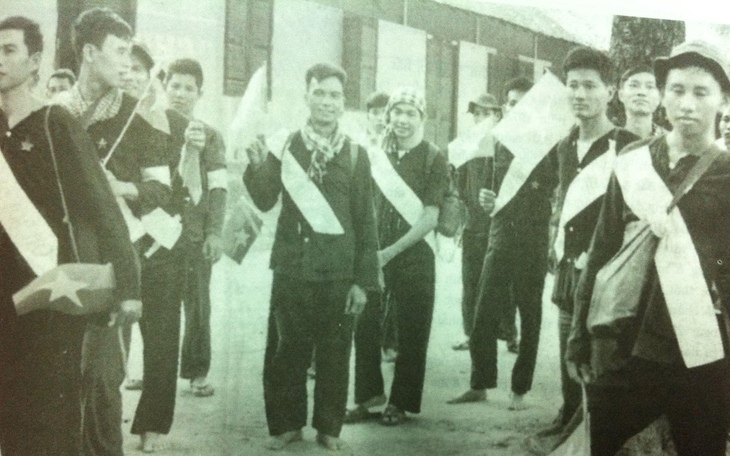
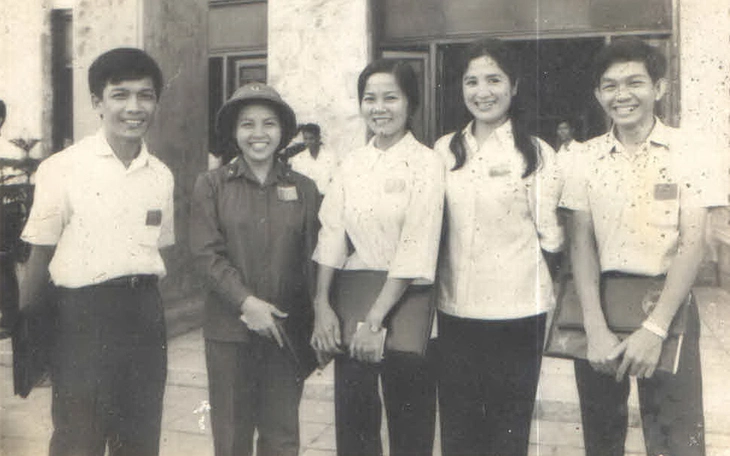





![[Photo] Binh Trieu 1 Bridge has been completed, raised by 1.1m, and will open to traffic at the end of November.](https://vphoto.vietnam.vn/thumb/1200x675/vietnam/resource/IMAGE/2025/10/2/a6549e2a3b5848a1ba76a1ded6141fae)
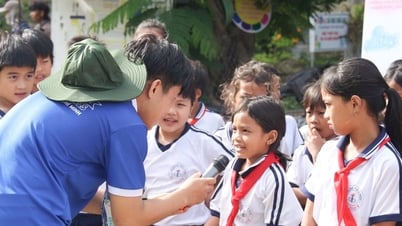

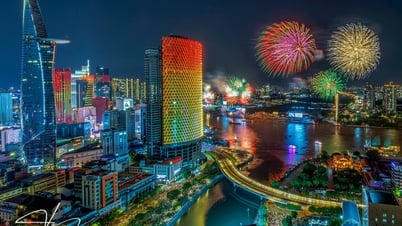

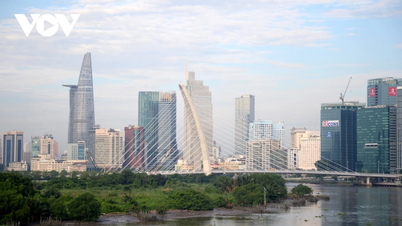

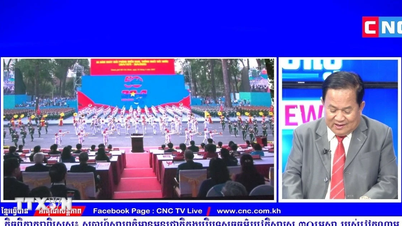

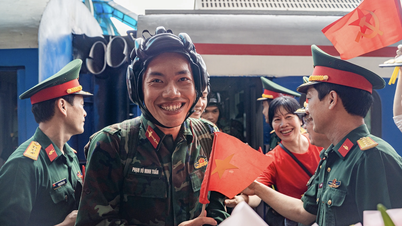

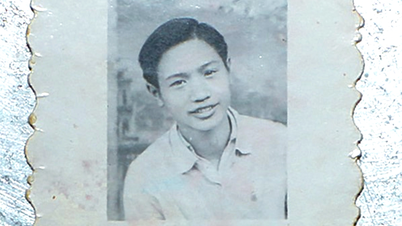
















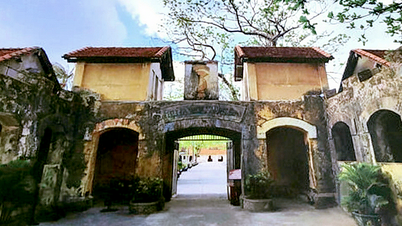
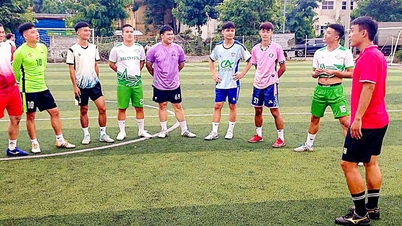
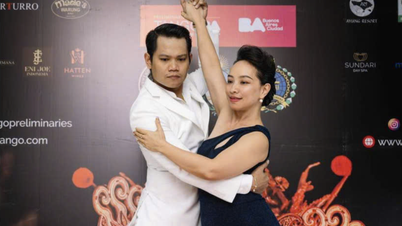
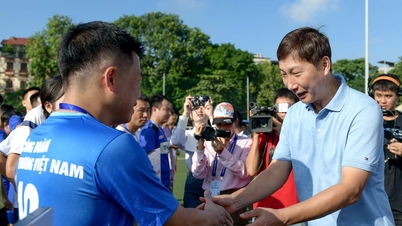























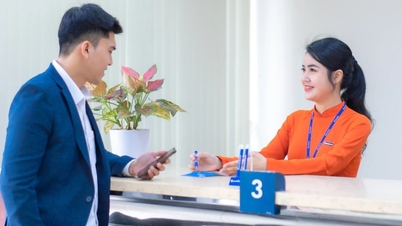





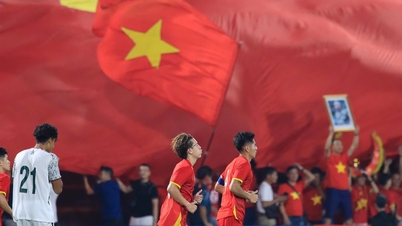


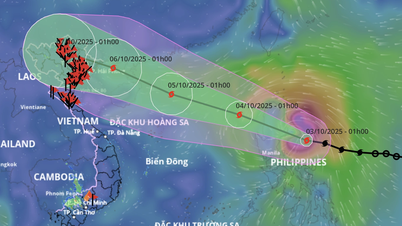
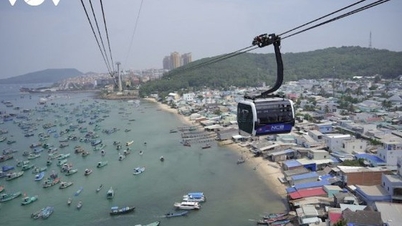
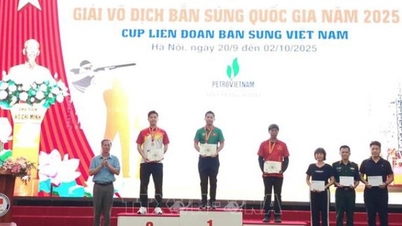
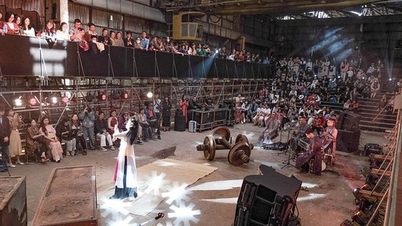

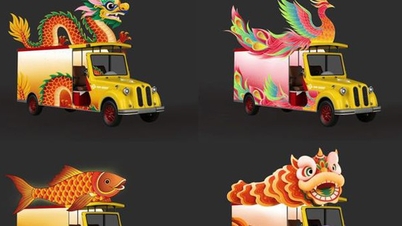

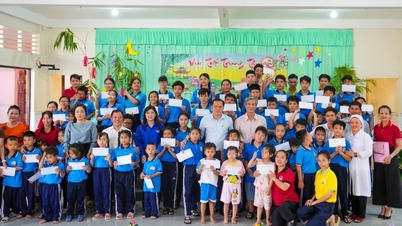

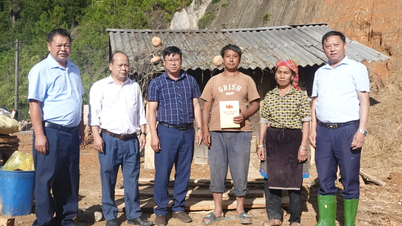


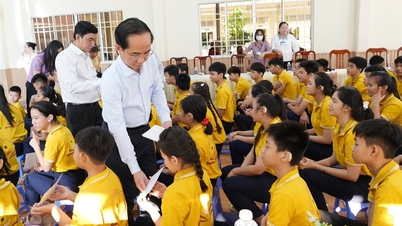
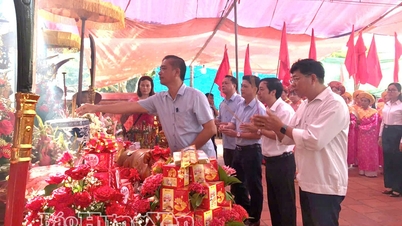

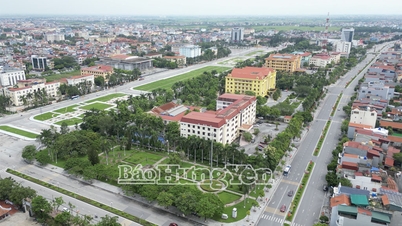













Comment (0)